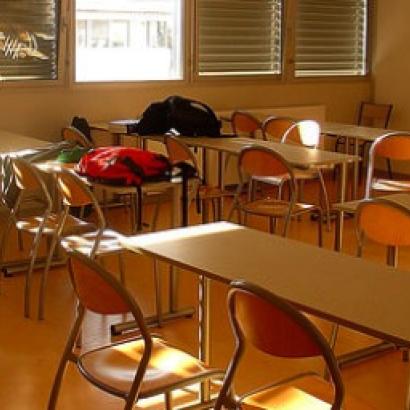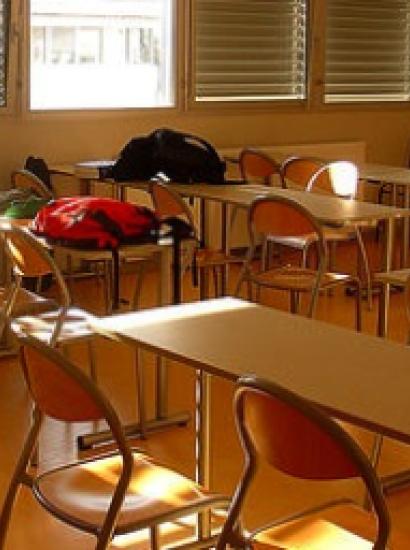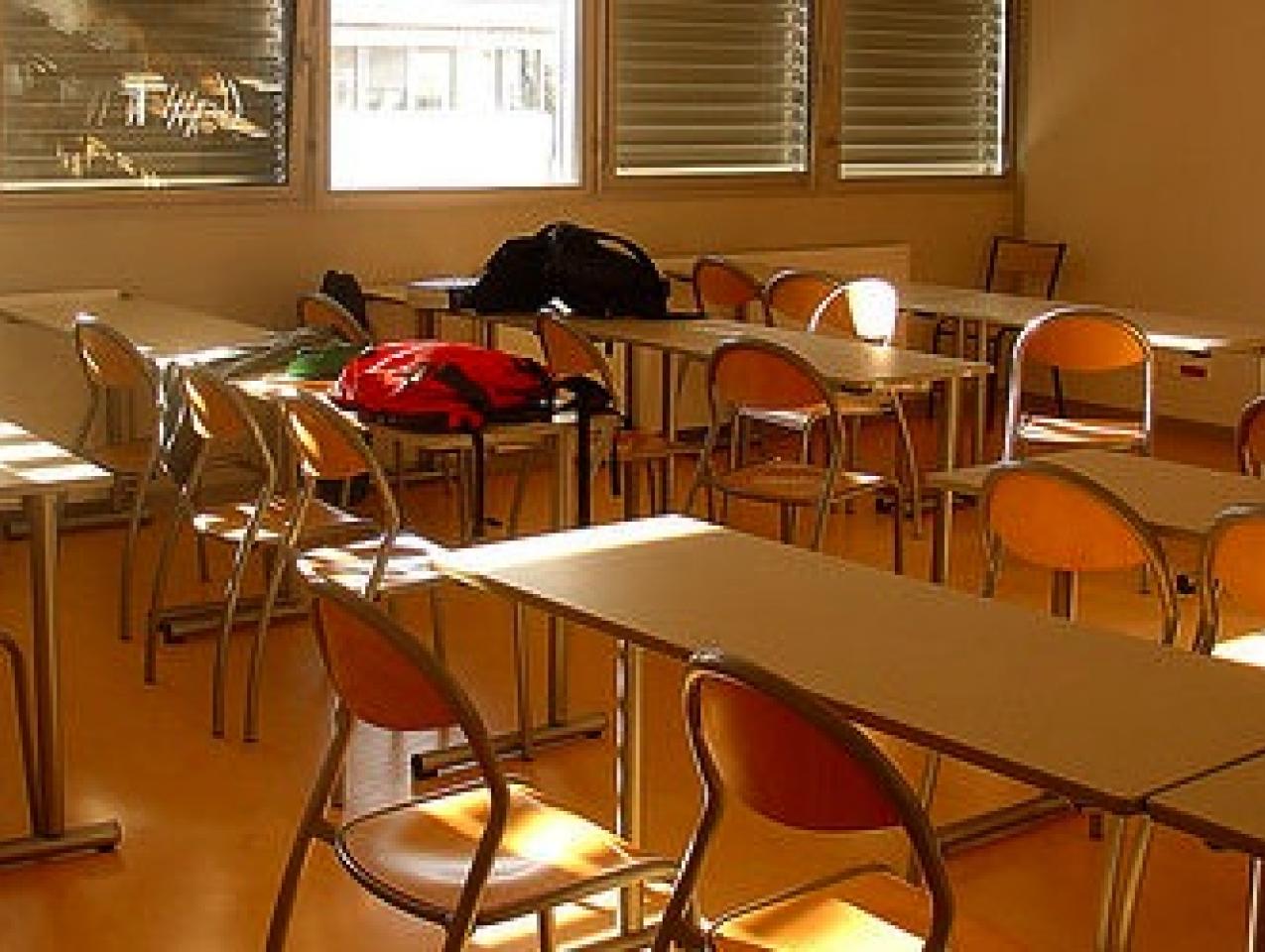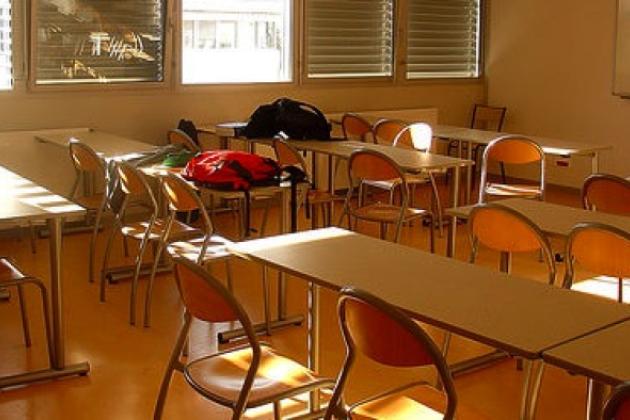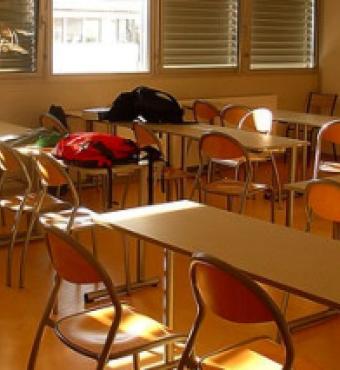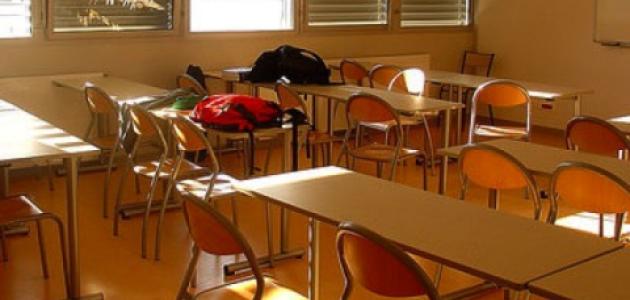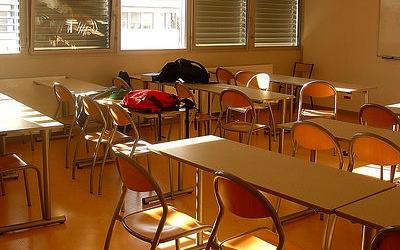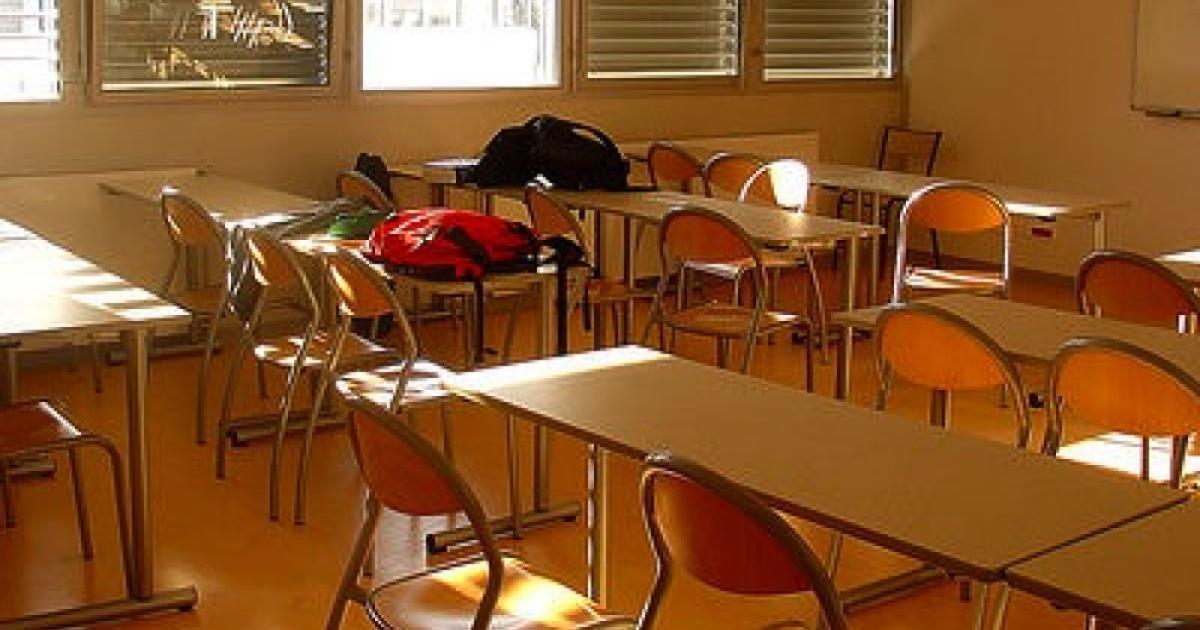Many believe private schools generally achieve more than public schools. In big cities, as many as 80 percent of public school parents say they would send their children to parochial or independent schools if they could afford the tuition. Scholarships for poor families are heavily oversubscribed as are charter schools, which are government-funded but run by private boards. Do private schools deserve their reputations and consumer preference?
In 2007, I tried to track down all published and unpublished studies of this question and summarized the findings in the book School Choice: The Findings. Included in the findings were studies that compared students in private and nearby public schools that were similar in social class, other demographics, and achievement when the study began.
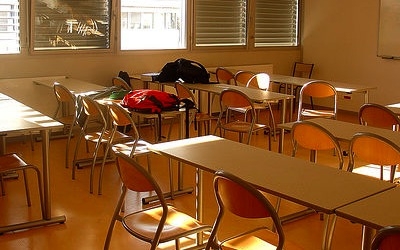
Photo credit: Thomas Favre-Bulle
The most important studies considered were “randomized trials” in which children from a large applicant pool were assigned by lottery to a private school or to the public school they would normally attend. Particularly valuable in this respect were studies of my Koret Task Force colleagues: Paul Peterson studied students lotteried for scholarships to attend private schools of their choice and contrasted them with children who remained in public schools. Caroline Hoxby studied similarly selected students accepted to charter schools and those who remained in their neighborhood public schools.
Since 2007, research continued to show that, on average, private school students excel in the academic skills students acquire such as reading comprehension and the knowledge they gain in such subjects as English, mathematics, and science. Studies, moreover, show that the higher the percentage of students attending private schools, including charters, in a locality or state, the higher the average achievement of all schools.
Studies of countries show the same pattern: The greater the percentage of students attending private schools, the higher the country’s overall achievement. Private schools not only raise the overall average but they set high standards and promote competition among all schools.
Some of the comparative U.S. studies of public schools and private schools (including charters) report on parents’ satisfaction, reputation among nearby citizens, and the degree to which students were involved in the life of the school and engaged in volunteer work, such as tutoring other students and helping in community affairs. Again, private schools excelled.
Particularly important is the average, annual per-student cost of schools since the United States typically ranks near the top even though its average student achievement lags behind most other advanced economies. The research compares public and private schools (not including in this case charter schools) in the United States. On average, educating students at private schools cost about half as much as it does at nearby public schools (though some elite private schools, particularly residential schools, can spend two or three times as much per-student as do public schools).
“Creative Destruction”
Such findings are hardly restricted to schools. Other things being equal, an amazing variety of private organizations perform, on average, better than government-run organizations at lower costs, and they are more satisfying to their staffs and their customers. These studies examined airlines, banks, bus service, debt collection, electric utilities, forestry, hospitals, housing, insurance sales and processing, railroads, refuse collection, savings and loans, slaughterhouses, water utilities, and weather forecasting.
In the U.S and other countries, governments are even beginning to privatize prisons, police, fire protection, and public pensions. Various experiments in privatization and “contracting out” public services to competing for-profit and non-profit firms suggest they generally respond swiftly and accurately to contracted objectives and citizens’ desires. If not, they forfeit their contracts, lose employees, decline in value, and often close and are replaced by better providers.
As shown in comparisons of public and private provision of services in many industries, private competition works well for consumers, allows successful contenders to thrive, and causes failing organizations to change or close. In private enterprise such “creative destruction” is both expected and a sign of progress as innovative firms replace older ones. For example, the market capitalization value of Microsoft has declined by half in recent years. Meanwhile, Apple (now first in market value), Amazon, and Google have jumped ahead.
In fact, the governance and operation of public schools deteriorated in the last century. In the past, citizens in the immediate locality governed about 115,000 school districts nationwide, some with only a single school for a few hundred students or even less. States consolidated these into about 15,000 much larger districts today. Chicago, for example, has more than 600 public schools, one with more than 4,000 students. For this reason, today’s public school boards are poorly informed about the schools under their jurisdiction; probably few big-city board members could name a fifth of the schools for which they are nominally responsible.
At the same time, states and the federal government imposed ever more complications and sometimes-conflicting regulations on the public schools, which removed much of local boards’ control over school policy. Moreover, as my Hoover colleague Terry Moe notes, national and local teachers unions increasingly exerted powerful and constraining forces on boards, representing their own interests rather than those of students. Because of union contracts, for example, it is difficult to lengthen the number of days in the American school year to Asian and European standards, and it is extremely costly and legally difficult to remove incompetent teachers.
In contrast, private schools are usually small, and their boards closely inform themselves about the school’s staff and program, which is made easier since most private boards have responsibility for only one school. Unlike public schools, private school teachers, students, and parents know each other well. Unlike large public schools, they are rarely departmentalized so that teachers know about the content of subjects of classes other than their own, which enables them to avoid repetition while reinforcing central ideas across grades and subjects. Seldom unionized, private schools pay teachers according to their contributions and performance and remove those that don’t pull their weight.
Unlike public schools, many parochial and independent schools restrict the curriculum to mathematics, science, English, a foreign language, history, political science, art, and music, which best prepares students for college, careers, and citizenship. In response to market demands, however, some private schools are known for concentrating on art, music, vocational studies, and other specializations, which enables like-minded staff and students to pursue their specialized interests. Avoiding the vast elective miscellany of public high school coursework, the students share a common academic and psychological experience.
Private schools have another important advantage. Parents and students choose them, unlike public school students that are usually assigned to a single neighborhood school. Psychological studies show Americans are more enthusiastic about things they choose for themselves rather than being confined to what others think best for them.
The Rise of Charter Schools
We can be encouraged by the rapid growth in the number of generally small charter schools that began opening in Minnesota 1991. By 2009, 41 states and the District of Columbia had laws authorizing charter schools. Today, the total number of charter schools in this country is about 5,000. About 60 percent of charter schools have waiting lists. Still, despite their attractiveness, states and districts limit the numbers of charter schools and increasingly impose restrictive, inefficient regulations on them.
Charter boards, which usually only control one school, usually lack the time and breadth to carry out all their responsibilities, which include: building acquisition or leasing, conformity with state and local regulations, teacher contracts, other legal matters, building services, and holding the staff responsible for results. The Chicago International Charter School, now with 16 campuses, responded to this challenge by assuming such responsibilities for itself and a small central staff while assigning for-profit and non-profit organizations to carry out a uniform curriculum.
The clear division of responsibility and work was efficient in allowing each group to concentrate on its strengths. It also allowed the board objectivity in holding the competing organizations accountable for achievement results, enrollment, and parent satisfaction. This model deserves expansion.
The next logical step in attaining effectiveness and efficiency is for-profit competition, which has been tried in only one country in the West. In 1993, the Swedish government, with my advice, required local school district authorities to fund privately operated schools, including for-profit schools. Like traditional public schools, the flood of new private schools had to teach an approved curriculum and admit all applicants regardless of ability, socioeconomic level, and country of origin.
The rapidly changed system yielded excellent achievement results and parent satisfaction. Responding to newly freed markets, for-profit schools grew fastest. By 2008, ten growing chains of schools operated, one with as many as 30 schools. The transformed system interjected not only competition among all schools but new technologies including frequent Internet reporting to parents on students’ progress. Given our long history of successful capitalism, for-profit competition among schools seems likely to work just as well in capitalistic America as social democratic Sweden.








